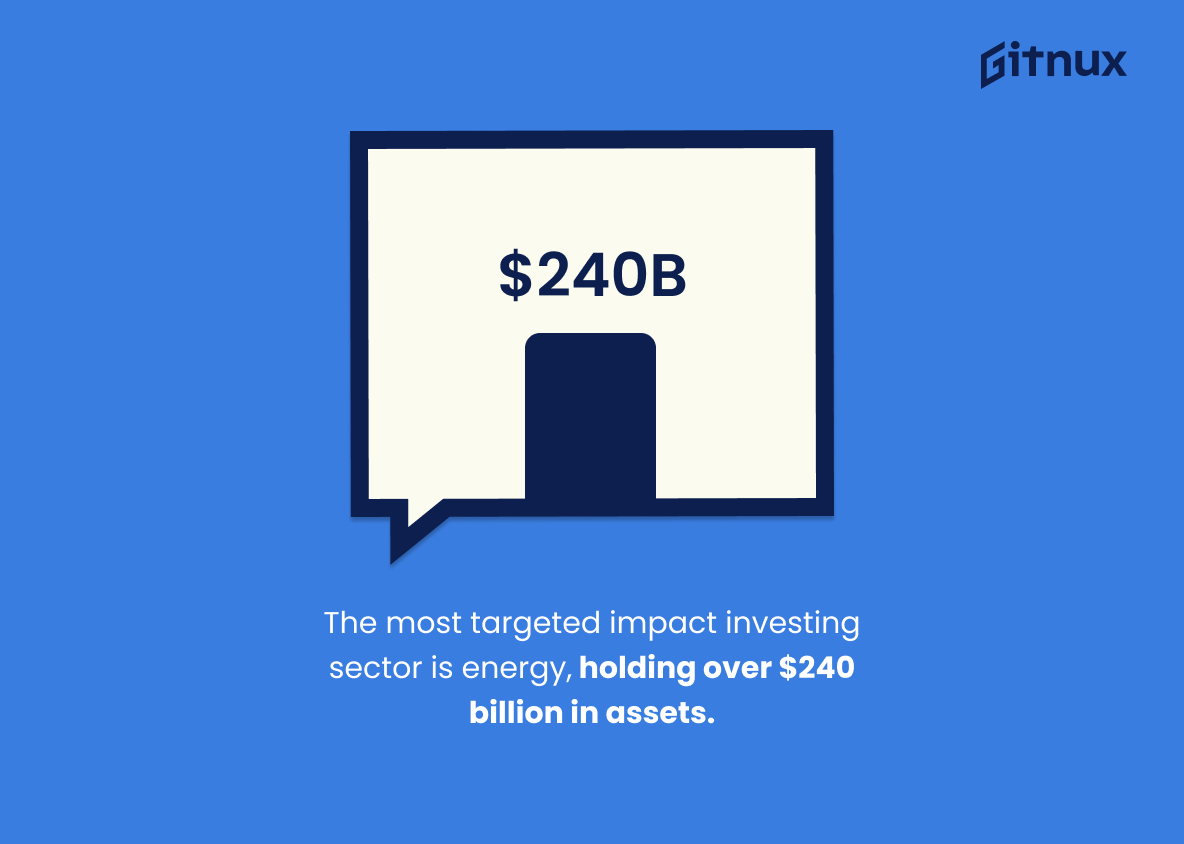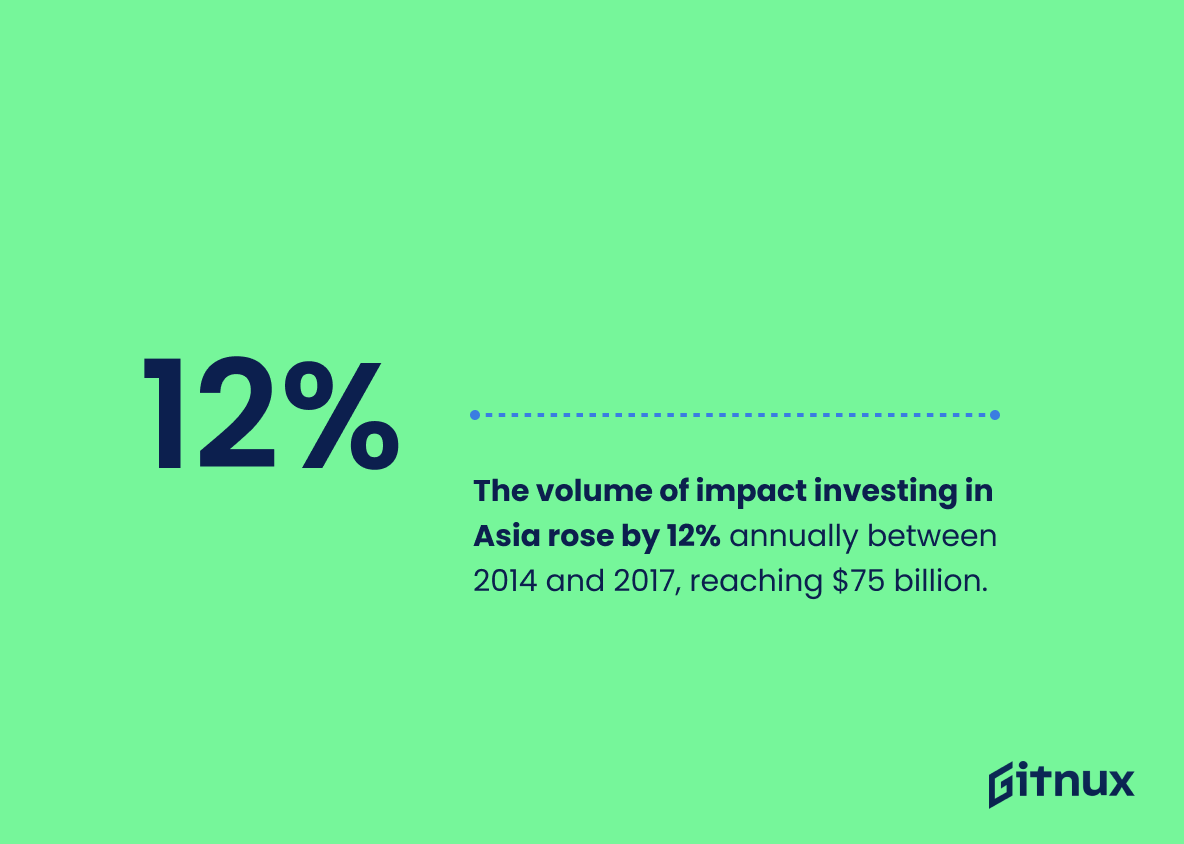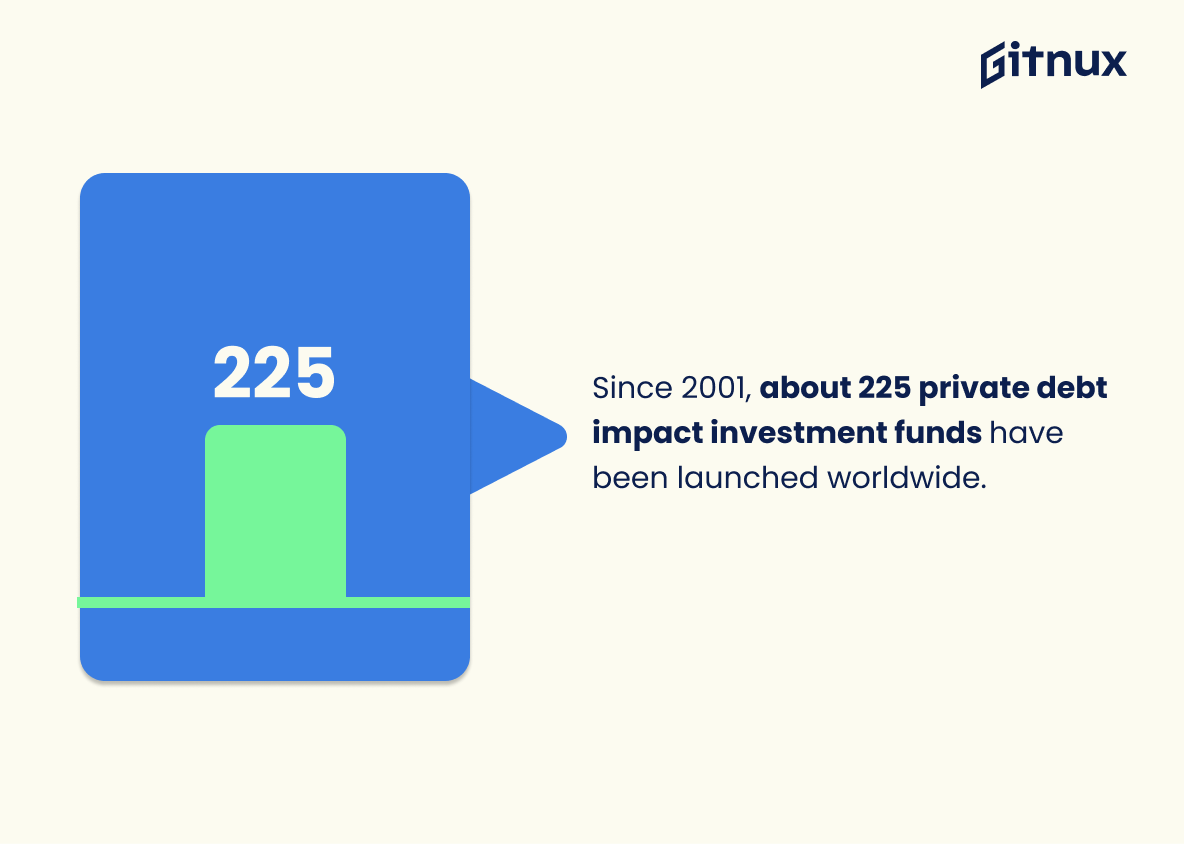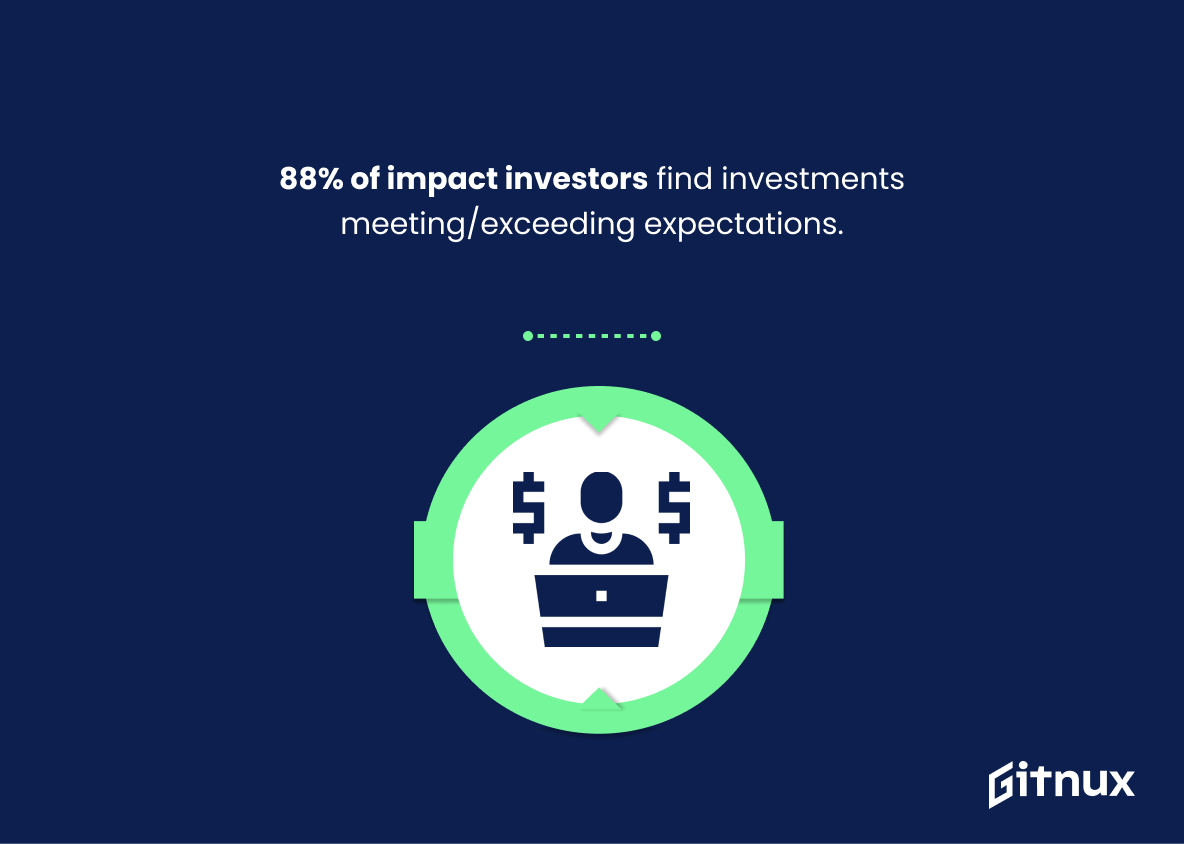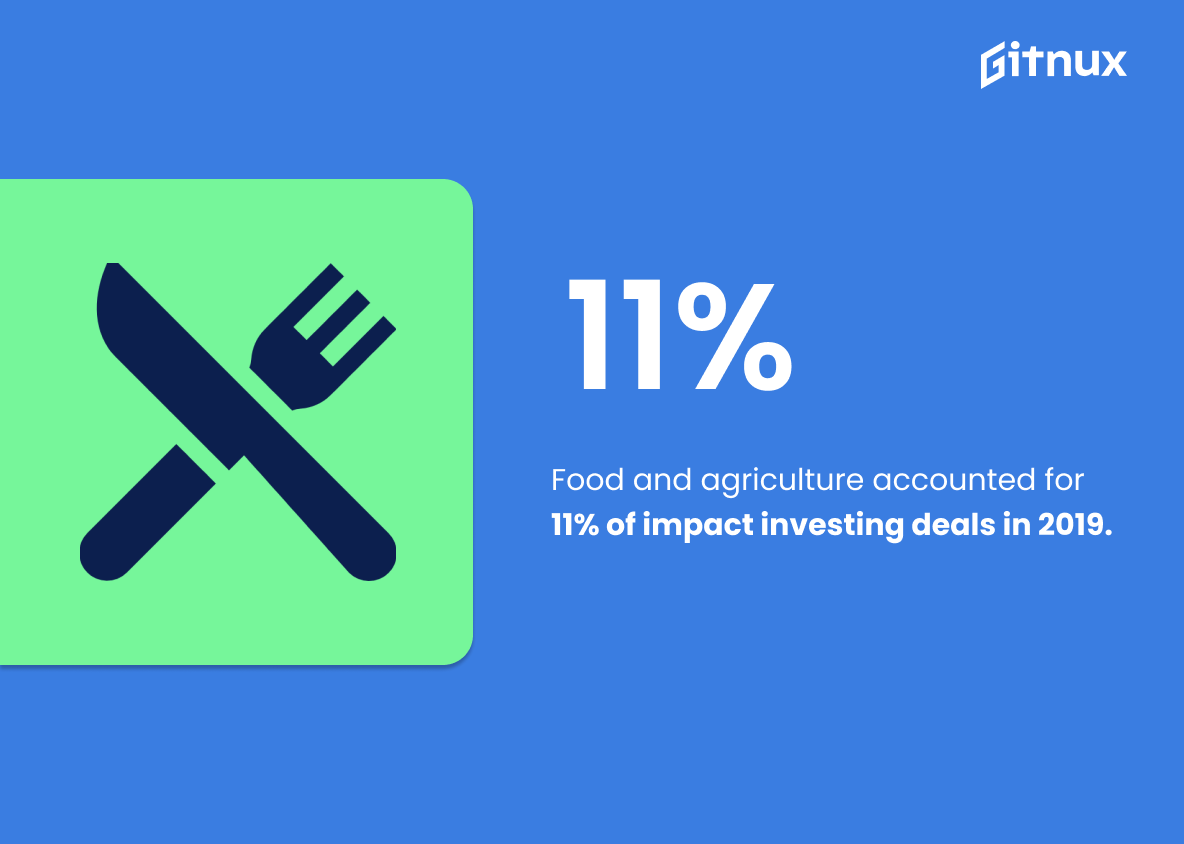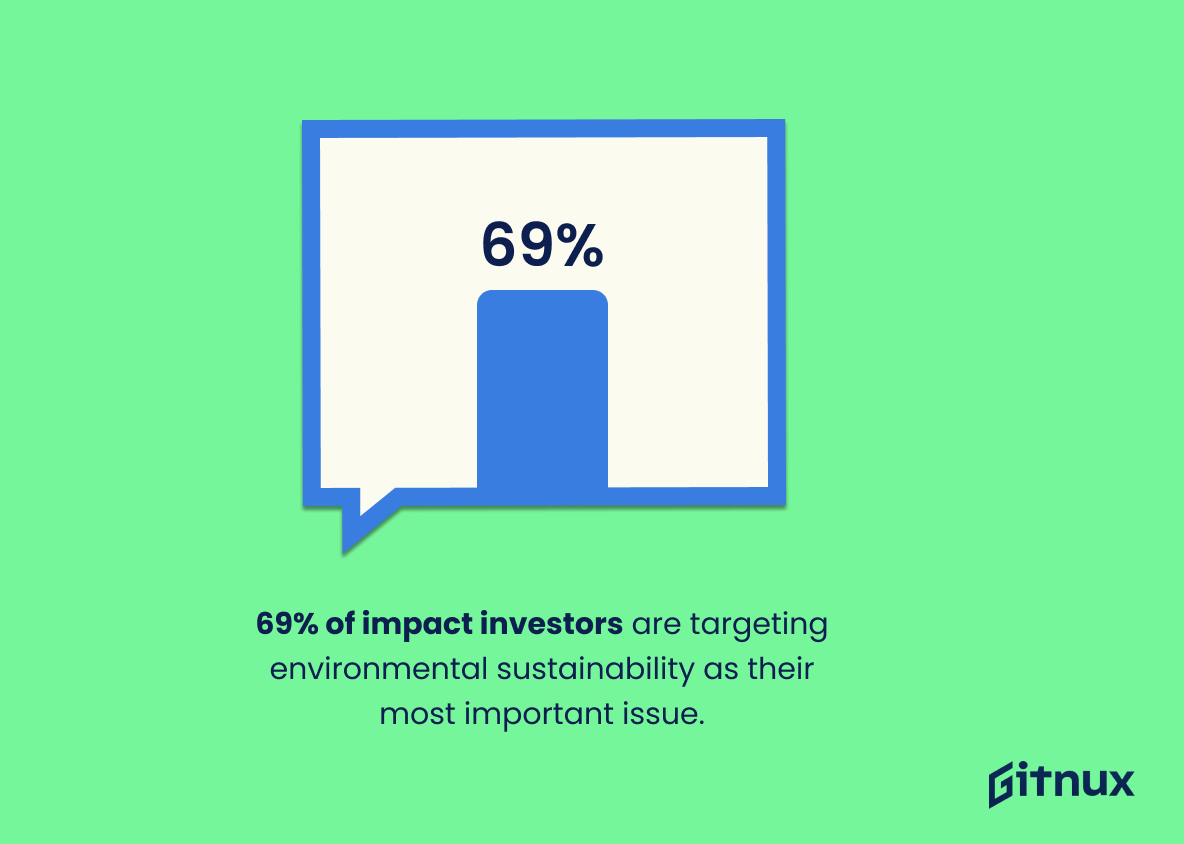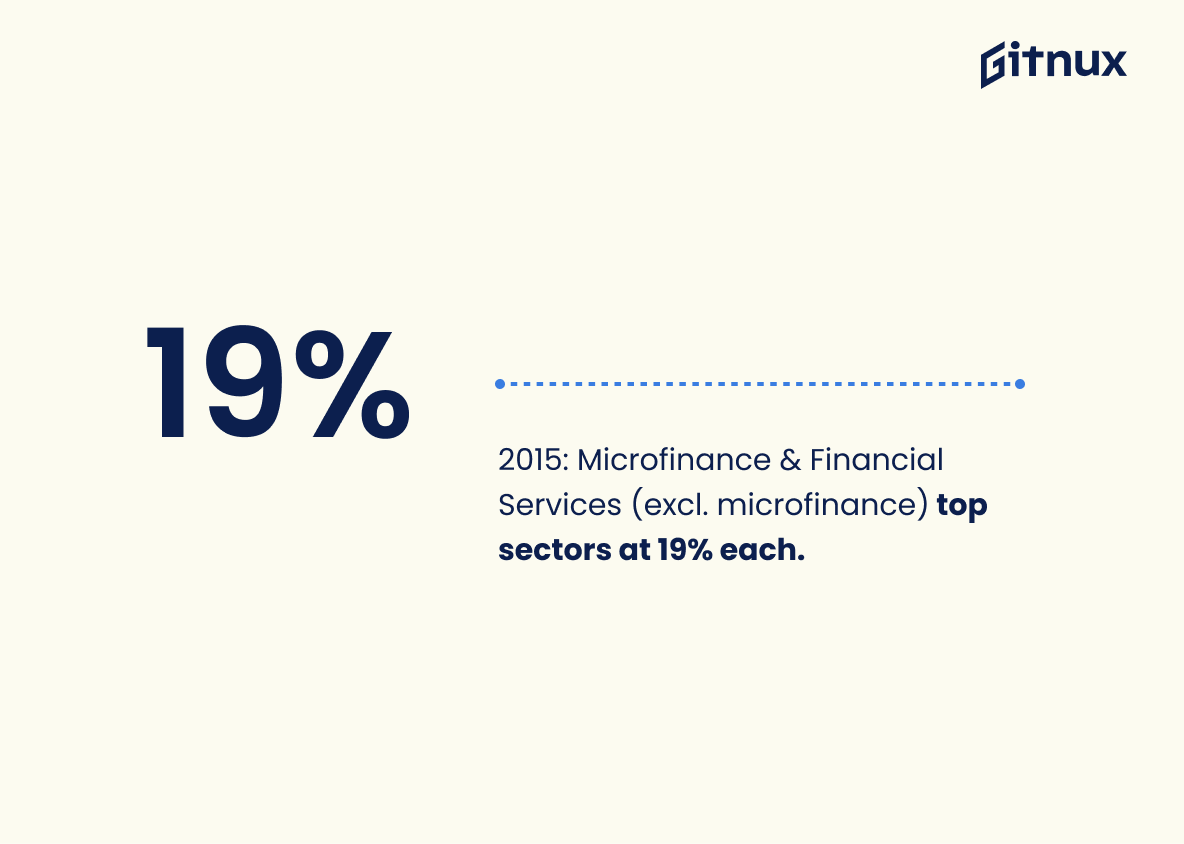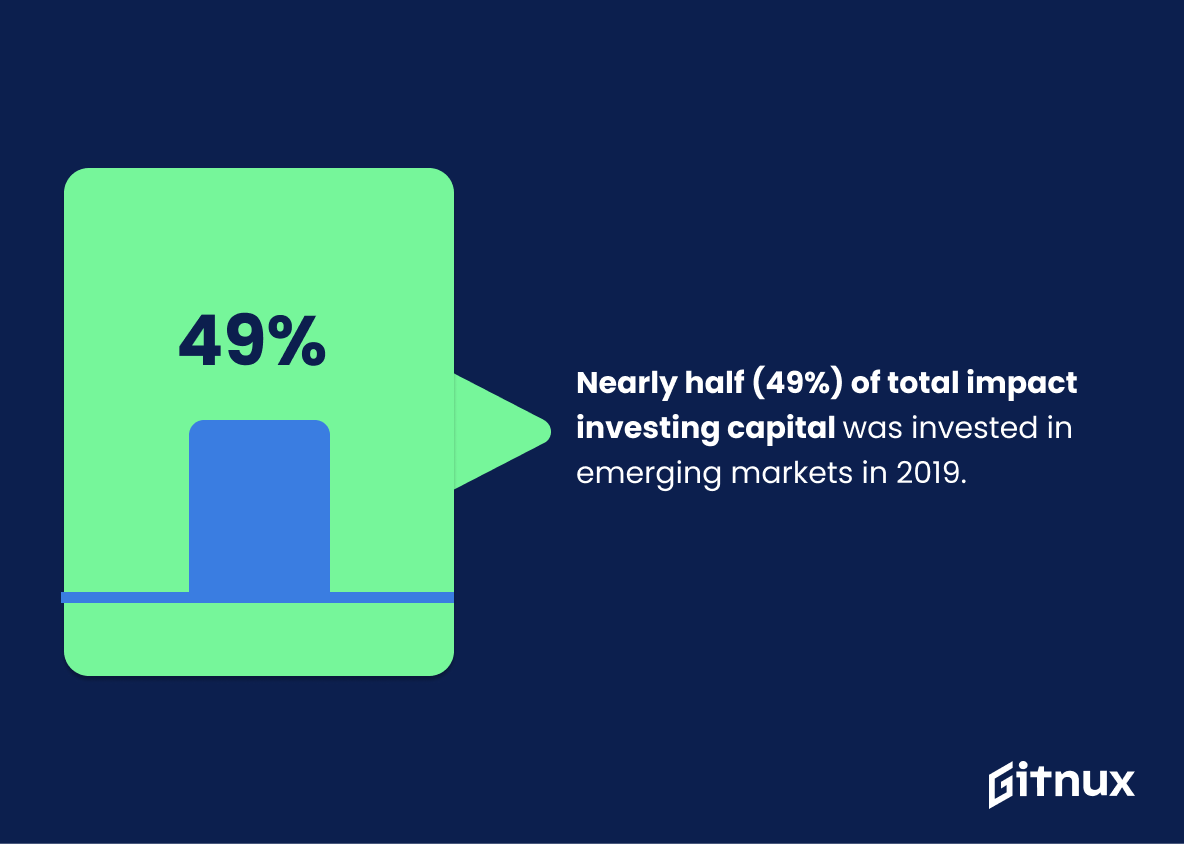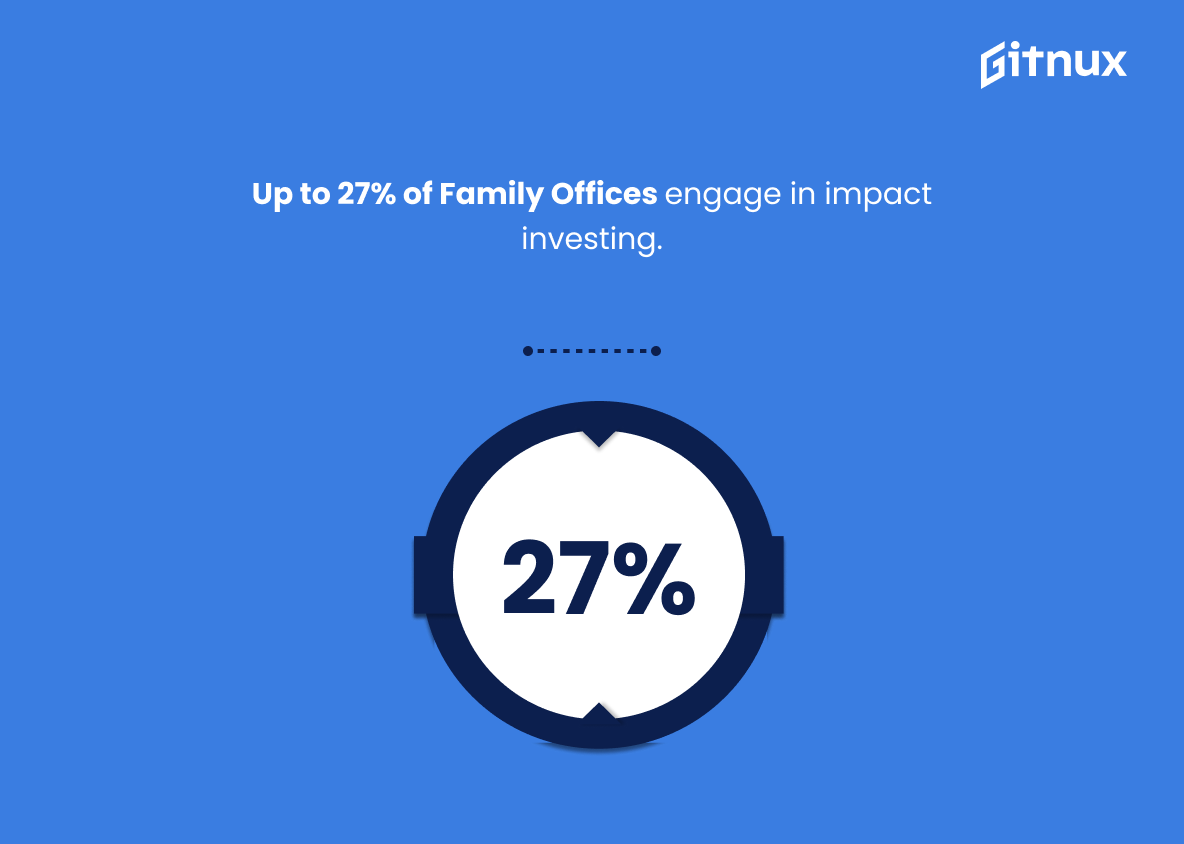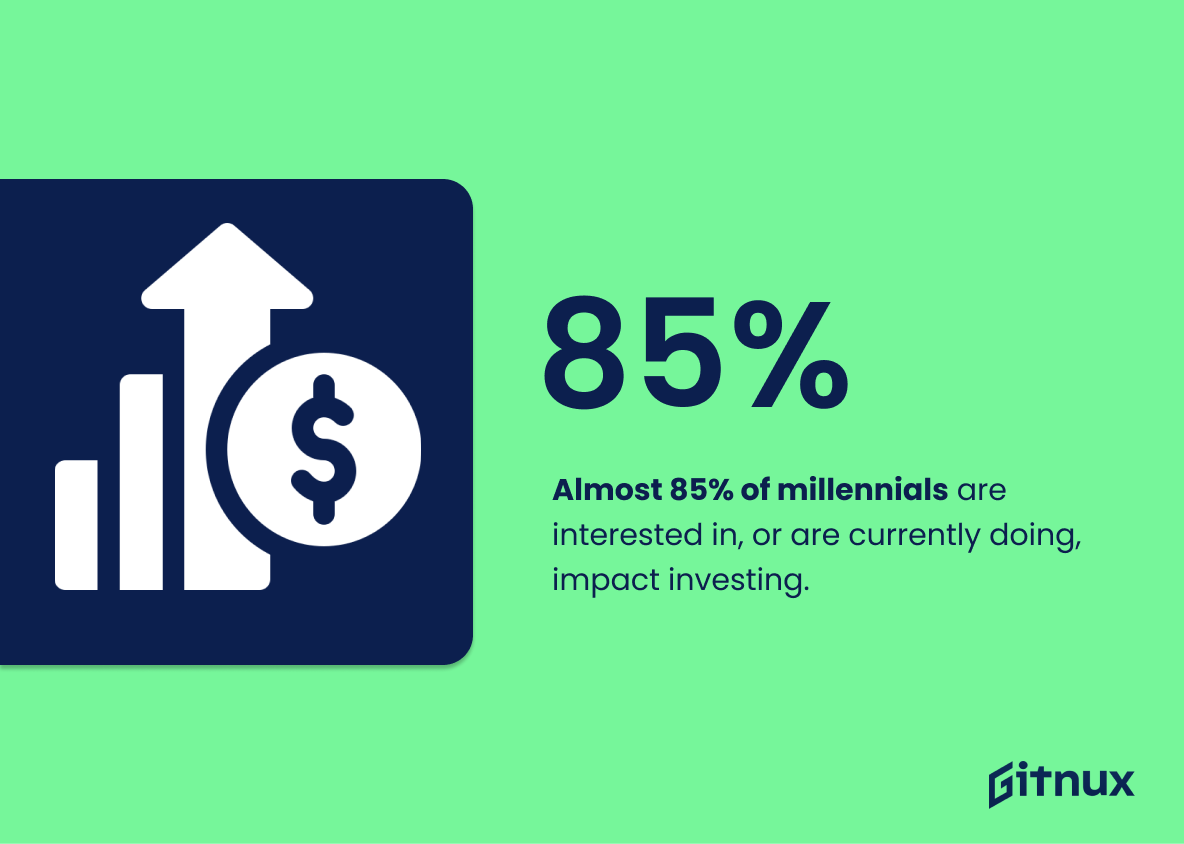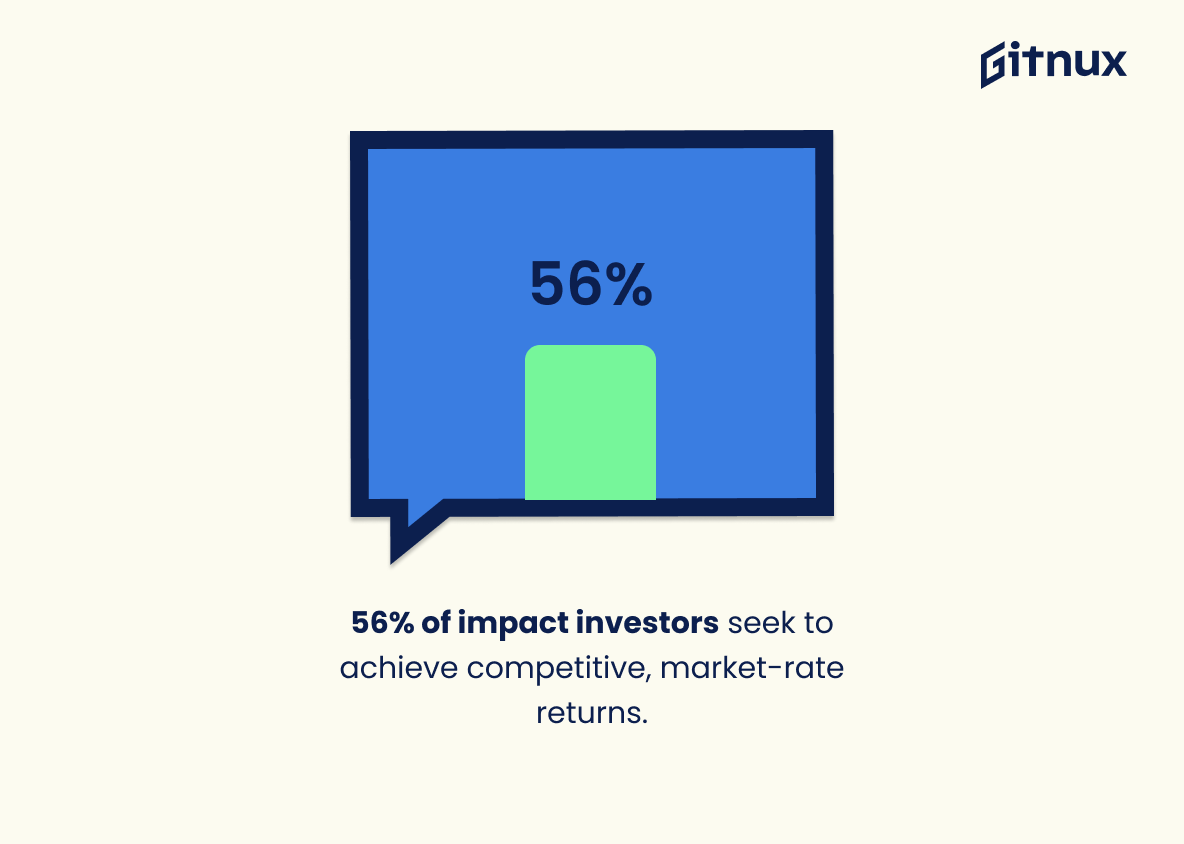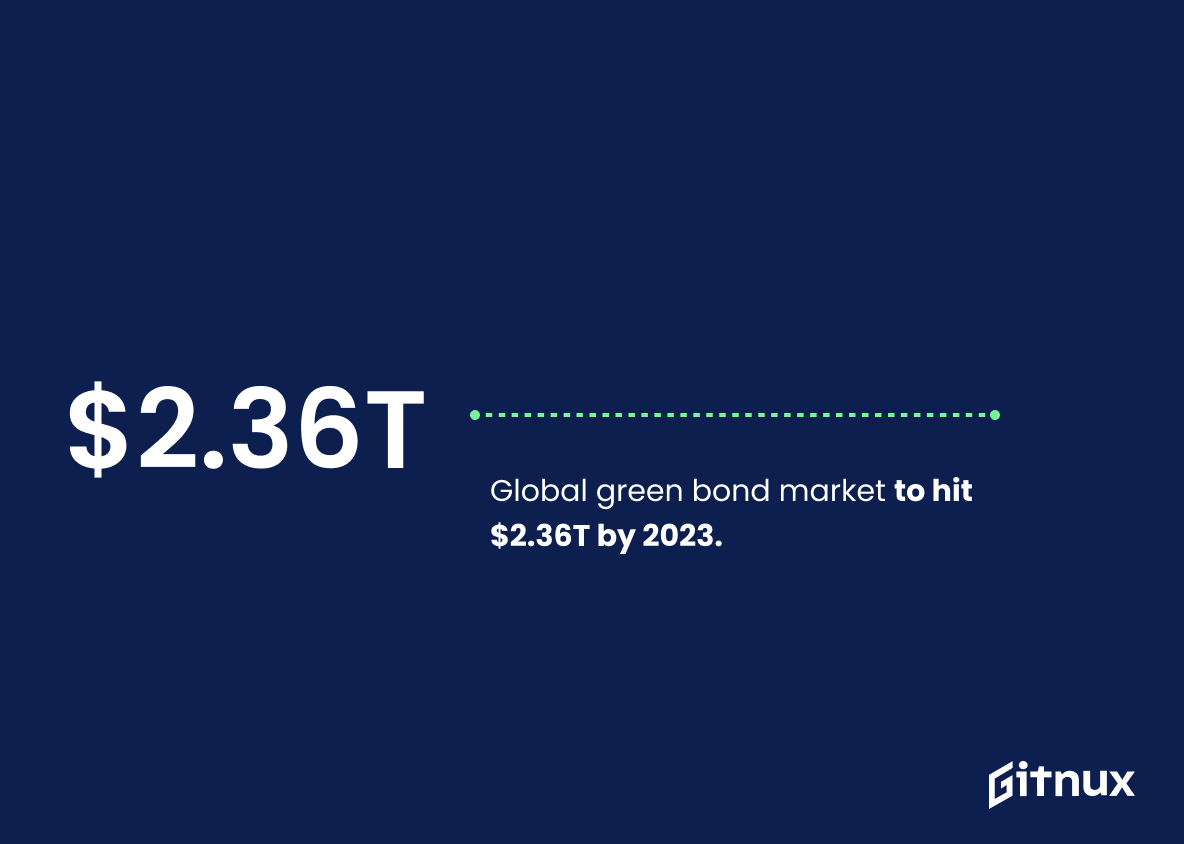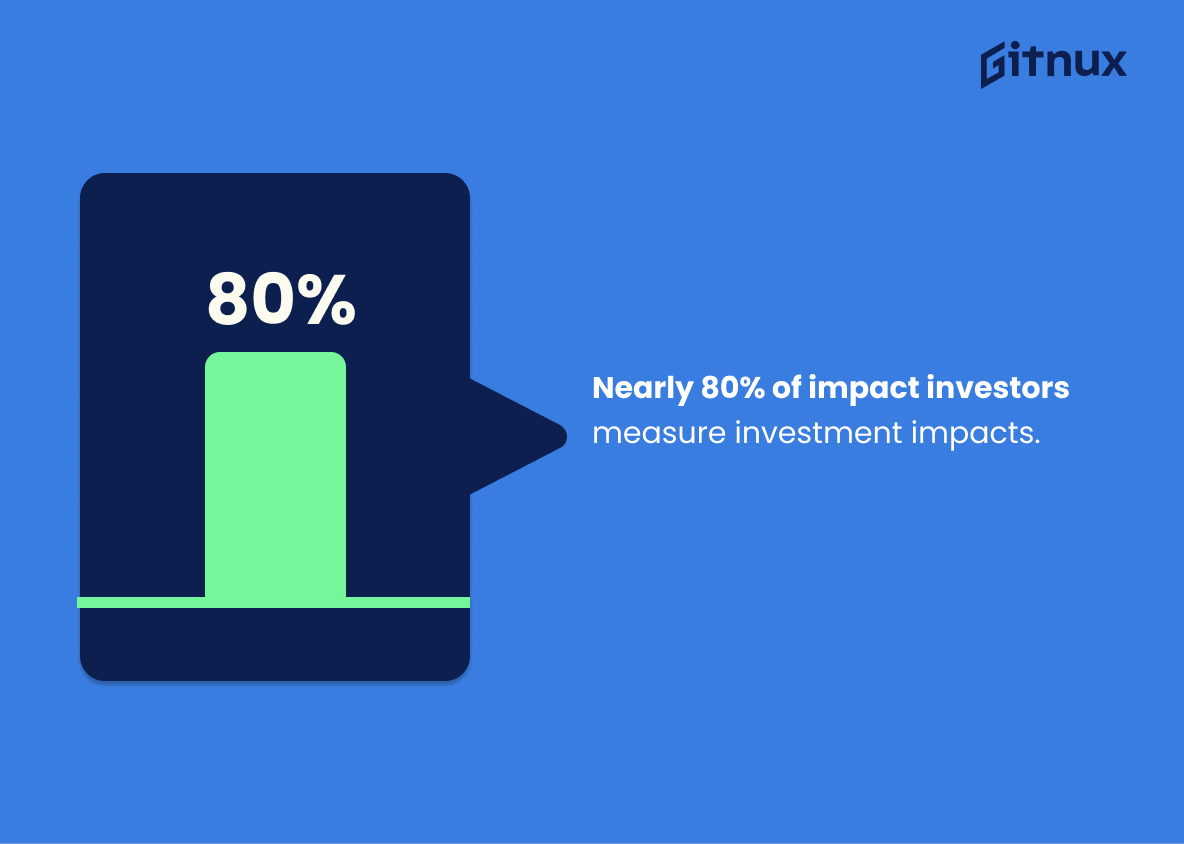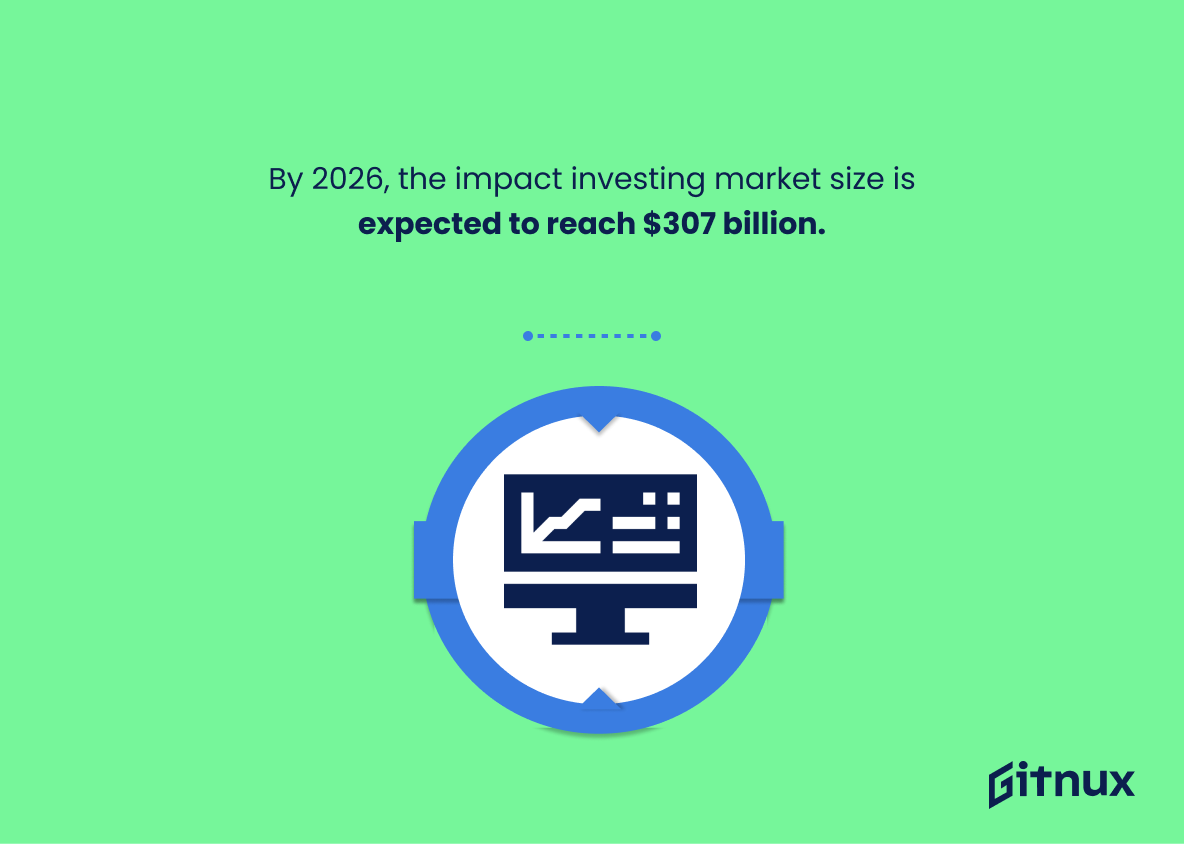In the ever-evolving financial landscape, impact investing is a concept that’s gaining significant momentum. The concept is simple: investments should not only reap financial returns, but also generate positive societal and environmental contributions. As we delve deeper into the significance and dynamicity of impact investing, it’s fundamental to understand industry statistics that cast light on current trends and future possibilities. In this blog post, we will explore crucial impact investing industry statistics to help you better comprehend its global influence, financial performance, and potential for a sustainable future. Come, let’s journey into the world where finance meets real world change.
The Latest Impact Investing Industry Statistics Unveiled
Impact investments hold $715 billion of assets under management globally.
Unpacking the colossal figure of $715 billion in assets under global management, one can truly appreciate the magnitude and influence of the impact investment industry. This number, far from being a mere statistic, offers a revealing glimpse into the scale of capital redirected towards sparking positive social and environmental change. This figure stands as a testament to the proactive shift whereby financial gain and global betterment are no longer seen as mutually exclusive but increasingly intertwined. Such a monumental amount underscores the growing confidence and commitment of investors to generate sustainable impact alongside a financial return. In the grand narrative of impact investing, scouring the surface of this number leads us to the heart of an industry in vigorous ascendance.
The most targeted impact investing sector is energy, holding over $240 billion in assets.
Diving deep into the realms of the impact investing industry, one cannot overlook a revelation of truly monumental proportions: Energy, reigning with over $240 billion in assets, is the unparalleled leader of targeted sectors. This is not a mere number inked on a page, it sheds a brilliant light on the dynamic focus of impact investors worldwide. It is an undeniable testament to the skyscraper-high potential and appeal that the energy sector holds for those hungry for balancing lucrative returns with a palpable, positive change for our society and environment. Moreover, it underlines the influence of such choices in shaping the trajectory of sustainable reforms, renewing faith in the sheer power of economically sound, socially conscious investment strategies.
The volume of impact investing in Asia rose by 12% annually between 2014 and 2017, reaching $75 billion.
Highlighting the rising prominence of the impact investing arena, this statistic underscores a robust annual growth of 12% in Asia from 2014-2017, climaxing at an astounding $75 billion marker. This surge not only attests to the strengthening momentum of the impact investing industry but also points to a shift in investment paradigms in the region. Increased investment volumes likely indicate greater recognition and adoption of values-aligned investment strategies, signalling a powerful commitment to social and environmental impact alongside financial returns. This trend in Asia could fuel global growth in impact investing, serving as a beacon for other regions and ultimately reshaping the contours of the global financial landscape.
Since 2001, about 225 private debt impact investment funds have been launched worldwide.
Painting an impressive picture of the thriving impact investing industry, this statistic highlights the launch of approximately 225 private debt impact investment funds globally since 2001. In the intricate tapestry of Impact Investing Industry Statistics, the threads of these funds weaves a compelling narrative about the growing interest and confidence corporations, investors and financial institutions have in socially responsible investments. Such growth indicates a shifting trend from traditional investing towards impact investing, which seeks not only profitability but also social and environmental improvements. Thus, this statistic is a monumental beacon illuminating the path of impact investing’s significant evolution and robust development globally over the past two decades.
The vast majority (88%) of impact investors reported their investments as meeting or even surpassing their expectations in terms of financial performance.
Reflecting upon the observation that an overwhelming proportion of 88% of impact investors are satisfied with the financial performance of their investments paints an encouraging picture for the Impact Investing Industry. This figure serves as a compelling testament to the sector’s potential for not just societal impact but also financial return. By substantiating the claim that investing with conscience does not equate to forfeiting profit, this statistic is bound to attract more investors to pump their capital into enterprises actively making a difference. In the chorus of statements singing praises about impact investing, this percentage, powerful in its magnitude, surely hits a high note, validating the fact that the impact investing industry is far from a fiscal compromise. So if making a difference and making money are music to your ears, the impact investing is an industry that can orchestrate both brilliantly.
Food and agriculture accounted for 11% of impact investing deals in 2019.
The snippet that reveals “Food and agriculture accounted for 11% of impact investing deals in 2019” forms a crucial fulcrum in our elaborate discourse on the Impact Investing Industry Statistics. It underscores a growing tide within the sector, pulling back the curtain on the profound influence food and agriculture has on the impact investing landscape. Additionally, it mirrors investor recognition of the potential held within these sectors not just in creating financial returns, but in driving significant social and environmental change. Thus, unpacking the trends, potentialities, and dynamics behind this statistic can shape investment decisions, inspire new entrants, and influence policy direction in the realm of impact investing.
69% of impact investors are targeting environmental sustainability as their most important issue.
Highlighting that 69% of impact investors are primarily focused on environmental sustainability paints an engaging picture of the current state of the Impact Investing Industry. With such a significant proportion of investors steering their investments towards ecological preservation, it underscores a growing trend of marrying financial gains with a wider societal purpose. This statistic illuminates the evolving investment landscape where profit and planetary health are not seen as mutually exclusive, but rather as allies. In the realm of impactful storytelling, this data can serve as a powerful narrative force, drawing attention to the potency of impact investing as a tool for environmental conservation.
As of 2015, the top-favored impact investing sectors by investors are microfinance and financial services (excluding microfinance), each accounting for 19% of the total investments.
Diving into the world of impact investments, it’s fascinating to spotlight that according to 2015 data, both microfinance and non-microfinance financial services have emerged as the crown jewels. Each holds a significant 19% slice of the total investment pie. This intriguing trend symbolizes the investors’ trust, favoring these sectors as powerful engines for change, and their potential to generate considerable social and environmental benefits – all while maintaining significant financial returns. As such, this data establishes an impactful narrative for our blog post, breaking down the dynamics of the industry and highlighting the sectors that have successfully captured the investors’ interests.
Nearly half (49%) of total impact investing capital was invested in emerging markets in 2019.
Spotlighting the surprise fact that close to half of total impact investing capital swayed towards emerging markets in 2019, our blog post unveils an underlying trend in the Impact Investing Industry Statistics. This figure sheds light on the promising allure of emerging markets among impact investors, enhancing their visibility not only as critical economic growth vectors, but also as domains where significant social and environmental effects can be achieved. The significant allocation of funds to these markets signals the investors’ confidence in their potential for high returns along with a meaningful impact. By tapping into these evolving markets, the impact investment industry is casting a strategic bid for amplified social, environmental, and economic returns while underscoring robust investment dynamics.
Up to 27% of Family Offices engage in impact investing.
The vibrant ripple of this statistic engulfs us into an intriguing revelation; a strikingly high percentage of Family Offices are actively involved in impact investing. This revelation is like a strong pulsar within the cosmos of Impact Investing Industry Statistics, illuminating the scope and traction of the industry among wealthy families. Explicitly, it highlights that these influential groups are not just focused on building generational wealth, but also seek to catalyze positive societal, environmental, and economic transformation. This trend, in turn, is a lodestar guiding future investors by sketching a lucrative yet conscientiously promising landscape of the industry.
Almost 85% of millennials are interested in, or are currently doing, impact investing.
The canvas of contemporary investment is undergoing a profound and intriguing metamorphosis marked by an astounding 85% of millennials showcasing interest in, or actively engaging with, impact investing. This shimmering figure serves as a vibrant clarion call to any stalwarts of the investment universe, painting a compelling portrait of a future steered by conscientious investment strategies. With the guiding hands of the largest living generation, the boom of the impact investing industry is not just hinted at, but virtually screamed from the rooftops. Thus, ensconced within this statistic is the pulse that’s quickening an innovative leap in how investment strategies are crafted, tuning into a dynamic age where financial performance and positive societal change harmoniously coexist.
56% of impact investors seek to achieve competitive, market-rate returns.
Shedding light on this statistics—56% of impact investors aiming for competitive, market-rate returns—paints a vivid picture of the level of rigor driving their strategies. Essentially, this isn’t merely philanthropy masked under an investment facade. Majority of those who’ve dipped their financial toes in the expansive waters of impact investing are primarily motivated by the thrills of the monetary upside, just as any traditional investor would be. This underscores the growing attractiveness of the industry not just for altruistic reasons but for its potential financial viability and profitability. Certainly, financial returns and social impact are not mutually exclusive, and this statistic convincingly underscores this evolution.
The global green bond market, part of the impact investing ecosystem, is expected to reach $2.36 trillion by 2023.
Scribbling through the vast realm of Impact Investing Industry statistics, one can’t ignore the burgeoning growth of the global green bond market. Poised to touch a staggering $2.36 trillion by 2023, it illuminates a profound narrative in the impact investing ecosystem. Diving into these numbers uncovers an increasing propensity towards sustainability-focused investments, painting an encouraging picture for financial commitments to environmental causes. In the vast puzzle that is impact investing, the blossoming green bond market is like a rapidly forming corner; a promising start, a significant chunk of the bigger, sustainability-focused picture. With the trajectory on a sharp rise, these numbers captivate not only the current momentum but also the potential future of conscious, impactful investing. A future where finance and sustainability walk hand-in-hand, forging a path towards a greener tomorrow.
Almost 80% of impact investors measure the social and/or environmental impacts of their investments.
Peering into the heart of the impact investing industry, the assertion that nearly 80% of impact investors actively evaluate the social and/or environmental impacts of their investments offers profound insights. It shows the philosophy engrained within the industry isn’t simply lip service; rather, the passion for building a better world through responsible investments is deeply entrenched. This commitment heralds not just a trend, but a paradigm shift, with a clear majority of investors ingraining sustainability in their decision-making matrix. Thus, it affirms that impact investing isn’t merely financially motivated but equally driven by the desire to advance social and environmental causes. This substantial percentage serves as a witness to the industry’s commitment to not just believing in, but also demonstrating, that finance and sustainability can go hand in hand.
Up to 94% of impact investors report that their impact investment portfolio’s performance is in line with (54%) or outperforming (40%) their expectations.
Drawing a beacon on the financial landscape, this startling figure reveals that as many as 94% of impact investors enjoy either met or even exceeded investment expectations. It serves as a powerful testament to the potential potency and profitable prowess of the impact investment portfolio. It’s like a resounding vote of confidence from a large sector of investors who are echoing the same message: Impact Investing is not just feasible, but also thriving. This powerful statistic infuses substantial credibility into a blog post discussing Impact Investing Industry statistics, perfectly framing the efficacy of this investment approach and prompting readers to perceive it as a promising avenue for financial growth.
By 2026, the impact investing market size is expected to reach $307 billion.
The anticipated growth of the impact investing market to an imposing $307 billion by 2026 becomes a majestic fortress of significance in the landscape of Impact Investing Industry Statistics. It plays a powerful role in illuminating the dramatic expansion and increasing influence of this sector within the global economy. Teetering at the edge of such a precipitous growth rate, this fact sends a lightning bolt of realization that impact investing is not just a niche, but an immense arena that’s growing in relevance every day.
Like a trustee guiding light, this statistic provides key insights for industry players, directing strategic decision-making and operational choices. Furthermore, it’s a strong echo of the rising awareness and demand for investments focused not only on financial return but also on creating social and environmental good. Thus, this projected market size adds real-world impact and financial depth to the conversation surrounding socially responsible investing, solidifying its growing significance in a rapidly evolving economic landscape.
Conclusion
In conclusion, the impact investing industry is experiencing explosive growth, driven by an increasing recognition of the role private capital can play in addressing critical social and environmental issues. The remarkable statistics surrounding this sector reveal a maturing market, with exciting trends hinting towards a future where profit and purpose converge in harmony. These numbers truly underscore the massive potential and actual impact of consciously directed investments. Whether you’re an existing investor or considering becoming one, being part of this transformative financial movement can ultimately contribute to the global goal of creating a sustainable and inclusive economy. The evolving narrative of impact investing is far from over, but its burgeoning statistics offer a promising preview of what’s yet to come.
References
0. – https://www.www.researchandmarkets.com
1. – https://www.thegiin.org
2. – https://www.www.preqin.com
3. – https://www.www.forbes.com
4. – https://www.www.ubs.com
5. – https://www.www.ft.com
6. – https://www.www.cnbc.com
7. – https://www.www.mckinsey.com
8. – https://www.www.asiaglobalinstitute.hku.hk
9. – https://www.www.ussif.org
10. – https://www.caishen.co
11. – https://www.knowledge.wharton.upenn.edu
12. – https://www.www.globenewswire.com
13. – https://www.www.morningstar.com
14. – https://www.unsdg.un.org

